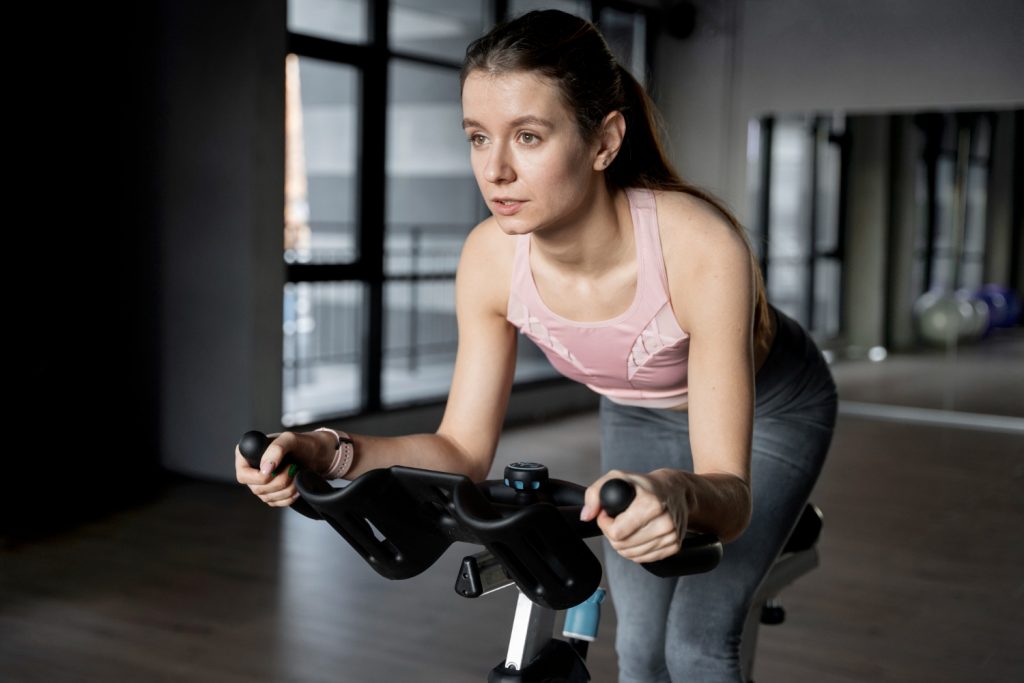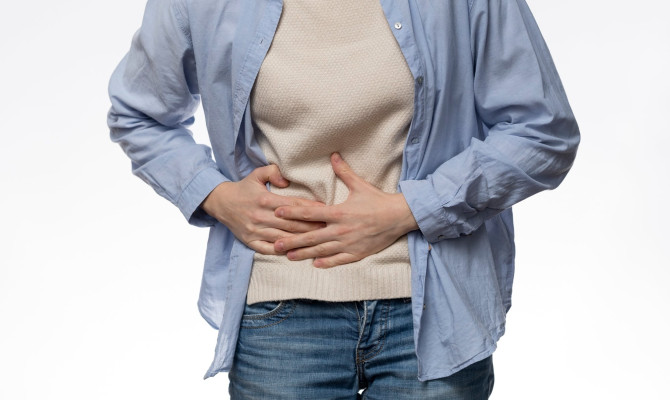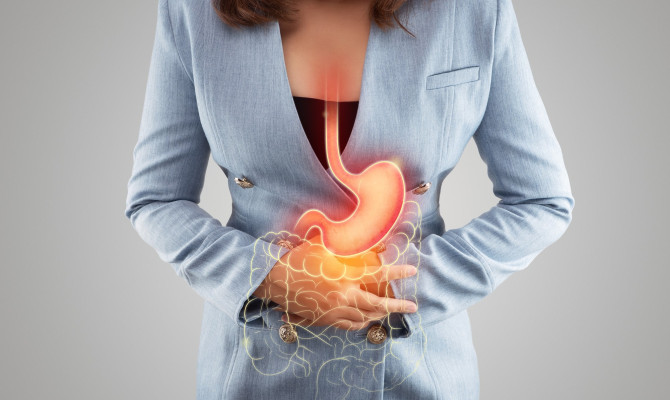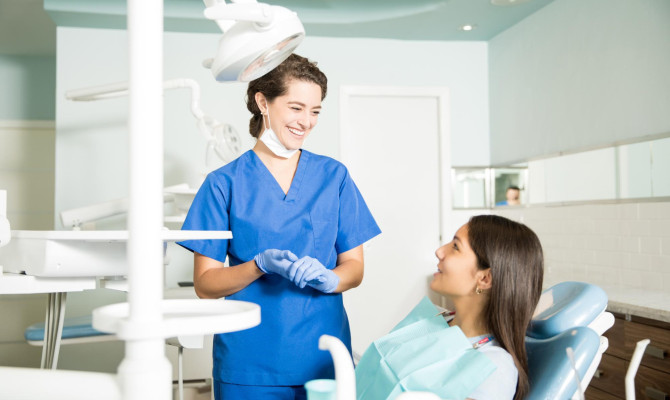Lipedema vs Cellulite: Causes, Symptoms & Management

- Lipedema
- 17 Oct 2023
Overview
Lipedema & Cellulite
Lipedema and cellulite are two of the most prevalent aesthetic problems as well as medical diseases that predominantly influence the look of one’s skin and underlying tissues, especially in women. While they have some similarities in terms of how they affect body aesthetics, they are separate disorders with unique causes, signs and symptoms, and treatment options. 5 Overview | Researched based study from National Institutes of Health

Lipedema
What is Lipedema?
- Lipedema is a chronic illness that causes unwanted accumulation of fat in the lower body.
- Lipedema is not an edema; rather, it is a genetically established disruption in adipose tissue amount and distribution.
- Lipedema most commonly affects the buttocks, hips, and calf. It might be felt in the hips or the upper arms of certain persons. It does not affect the hands or feet.
- The lower extremities have discomfort, disability, hard subcutaneous adipose tissue nodules, and fat resistance to diet and physical activity.
- People frequently confuse lipedema with being overweight or having lymphedema, although these are two separate illnesses. 1 Understanding Lipedema | Researched based study from National Institutes of Health
What Are the Stages of Lipedema?
- Stage 1: Your skin seems normal, but you may feel something under your skin that feels like stones. At this time, you may experience discomfort and bruises.
- Stage 2: Your skin is uneven, with dimpling that resembles cottage cheese, quilted stitching, or a walnut shell.
- Stage 3: Your legs may resemble inflated rectangular balloons, with big folds of skin and fat. Fat on the legs may protrude, making it difficult to walk.
- Stage 4: You develop lipedema as well as lymphedema. 2 Cleveland Clinic | Researched based study from Cleveland Clinic
Cellulite
What is Cellulite?
- Cellulite is a widespread, benign skin disorder characterized by lumpy, dimpled tissue appearing on the thighs, butt, hips, and belly. The disorder is more common in women.
- Many people strive, with varying degrees of success, to enhance the look of their skin by weight reduction, physical activity, massage, and cellulite treatments.
- Medically proven therapy alternatives are also available, though the outcomes are neither quick nor long-lasting. 4 Understanding Cellulite | Researched based study from Mayo Clinic
Grades of Cellulite
Cellulite is classified into four grades:
- Grade 0: You have no cellulite on your skin.
- Grade 1: When you stand up, your skin is flawless, but when you sit down, you notice minor dimpling.
- Grade 2: When you rise or sit down, your skin displays considerable dimples.
- Grade 3: When you get up or sit down, your skin exhibits significant dimples. Raised and sunken regions can also be found on your skin. 3Understanding Cellulite| Researched based study from Cleveland Clinic
Causes
Causes of Lipedema & Cellulite
What Causes Lipedema?
Genetic inheritance
- Lipedema is inherited genetically; it is either dominantly X-linked or autosomal dominant.
- However, in 20 % to 60 % of instances, the illness runs in families, which means you could inherit it 2 Causes | Researched based study from Cleveland Clinic.
- The disorder affects almost only women and adults with AFAB.
- Lipedema may be related to hormones since it frequently begins or worsens throughout:
- Pregnancy
- Puberty
- Menopause
- Taking birth control pills
- Obesity does not cause lipedema, yet those who have lipedema have a BMI of more than 35. 2 Causes | Researched based study from Cleveland Clinic
What Causes Cellulite?
- It is unknown exactly what creates cellulite. Cellulite develops when the fibrous bands that link the skin with the underlying muscle contract unevenly.
- This tightening pulls on your skin, pushing the typical layer of fat under the skin upward.
- There is a puckering appearance of the skin.
- The fibers that form the connective band in males crisscross. The fibers that form the connective bands in women travel in a single direction and are equally spaced (parallel).
- Parallel bands may exhibit puckering more effectively than crossing bands.
- Cellulite may be triggered by a rise in estrogen levels. Cellulite is more common in women when they generate more estrogen, generally during puberty or pregnancy. 3 Causes | Researched based study from Cleveland Clinic
Symptoms
Lipedema vs Cellulite: Symptoms
Symptoms of lipedema include:
- Dat accumulation in the buttocks, thighs, calves, and even upper arms.
- Bumps within the fat makes it seem like something is under the skin.
- Moderate to severe Pain (continuous or just with pressure)
- A heavy sensation in your legs
- Swelling
- Fatigue
- Skin that is prone to bruising. 2 Symptoms| Researched based study from Cleveland Clinic
Symptoms of cellulite include:
- Cellulite appears as lumpy skin.
- It might be visible all of the time or only as you pinch the skin.
- Cellulite can be found on your stomach, thighs, and buttocks.
Differences
Difference Between Lipedema & Cellulite
- Lipedema is a health condition in which excess fat is accumulated in the lower body. Lipedema most commonly affects the thighs, buttocks, hips, and calves. Upper arms can occasionally be affected. It does not affect the extremities.
- Lipedema makes your skin more sensitive. Lipedema causes itching, swelling, cold, and bruises easily. Lipedema might impair a person’s capacity to walk as it worsens. 3 Differences | Researched based study from Cleveland Clinic
- Cellulite is an aesthetic issue. It also most commonly affects the abdomen, buttocks, and thighs, and it resembles cottage cheese, an orange peel, or oatmeal. Cellulite may be unappealing but it is not uncomfortable.
Does lipedema look like cellulite?
- The vessels in lipedema are dilated but without evidence of reflux.
- Cellulite is defined by fluid buildup in the cell interstice, which progresses in succeeding phases.
- Lipedema is exacerbated by necrosis of the fat cells and abnormalities in the lymph system.
- As a result, both lipedema and cellulite exhibit the same pathophysiological pathways.
- As a result, cellulite may be an exacerbating factor in increasing the perimetry of both legs and abdomen of individuals with lipedema. 5Differences | Researched based study from National Institutes of Health
Treatment
Lipedema vs Cellulite: Treatment
Lipedema treatment
Lipedema treatments might improve your mood by lowering discomfort and inflammation. You can begin with easy, noninvasive lipedema therapy and progress to more complicated therapies as needed. 1 Treatment | Researched based study from National Institutes of Health
Simple treatments:
- Wear compression stockings
- Use a moisturizer for the skin
- Anti-inflammatory medications aid with inflammation, swelling, and other difficulties
- Herbal antioxidant medication can also be useful
- Swimming, cycling, and walking aid with mobility and swelling reduction. Exercising can also help to alleviate joint stress
- A diet that is healthy for your heart. This may help to limit the course of lipedema, particularly if you discover your illness early. However, unlike other types of fat, lipedema is typically not eliminated by dieting. 1 Treatment| Researched based study from National Institutes of Health
Invasive treatments:
Liposuction:
- Liposuction can assist with pain and movement by removing fat. Wet-jet assisted liposuction is recommended by providers because it is less likely to harm your lymph vessels than traditional liposuction.
- After liposuction, the quality of life has substantially improved in terms of discomfort, tightness, muscular cramps, itching, swelling, bruising, and aesthetic appearance.
- However, liposuction is a fairly expensive procedure; the major concerns are insurance coverage and payment.
- The goal of this surgical therapy is primarily to minimize the volume and aid in lowering the level of mechanical walking impairment.
Bariatric surgery:
- Women must be informed before having bariatric surgery that their post-surgical lipedema can develop.
- Bariatric surgery, such as gastric bypass or sleeve gastrectomy, should be recommended for overall glucose metabolic advantages, particularly for prediabetes, obesity, or cardiovascular risk.
- Compression garments and decongestive treatment should be administered to avoid the occurrence of lymphedema, and a consultation with a plastic surgeon for extra skin excision following bariatric surgery should also be advised. 1 Treatment | Researched based study from National Institutes of Health
Noninvasive therapies:
Your clinician may recommend noninvasive lipedema therapies such as:
- Lymphatic drainage massage: It is a mild skin stretching or massage technique.
- Complex decongestive therapy: This is followed by a massage and a compression wrap.
- Wearable pneumatic compression device for your legs: Lipedema and lymphedema are treated using a pneumatic compression device. Manual lymphatic drainage, such as myofascial treatment or deep tissue therapy, is used to treat lymphedema.
- Circular knit garments: These are smooth and more suitable for women who have less lymphedema, while flat knit garments are more appropriate for those who have ankle cuffs or unique shapes. Venous insufficiency affects 25 % of women who have lipedema. 1 Treatment | Researched based study from National Institutes of Health
Cellulite Treatment:
A number of treatment options are available to temporarily enhance the look of cellulite. According to several studies, a combination of therapies may produce the most pleasing results. Every treatment has its possible outcomes and side effects. 4 Treatment | Researched based study from Mayo Clinic
Cryolipolysis:
- Fat beneath the skin is decreased by Cryolipolysis using a machine that employs vacuum suction to lift tissue to touch with cooling plates.
- Patients will require many treatments.
- Results develop gradually over the course of between two and three months.
Surgery:
- Your doctor may recommend one of many treatments that employ blades, needles, or other specialized equipment to separate the bands of fibers beneath the skin (subcision) in order to smooth the skin.
- To enhance the look of the skin, the procedure also employs fat grafting.
- The effects of these procedures may continue for up to three years.
- Inflammation and bleeding under the skin are possible complications of these procedures.
Therapy with acoustic waves:
- A medical professional applies gel to the damaged skin and then passes a tiny, hand-held instrument (transducer) over the region.
- The transducer transmits vibrations into your body, causing cellulite to break apart.
- It is possible that numerous sessions may be required before you see a difference in the look of your skin.
Treatments using lasers and radiofrequency:
- Cellulite can be treated with a variety of wounding laser therapies. In one procedure, a small fiber is inserted beneath the skin to give laser heat that breaks the fibrous bands that hold fat together.
- This method has been demonstrated to minimize the visible signs of cellulite for up to a year. There is also a gadget that employs radiofrequency for non-ablative therapy to enhance the appearance of the skin.
- It is possible that numerous sessions may be required before you see a transformation in the look of your skin. Non-ablative therapies must often be repeated more frequently than ablative treatments. 4 Treatment | Researched based study from Mayo Clinic
Other Methods may include –
- Mesotherapy is a treatment that involves injecting medications into cellulite using a syringe.
- Caffeine lotions and creams containing retinol.
- Deep massage to make the skin puffier.
- To cut tissue and fill dimpled skin, use vacuum-assisted precise tissue release.
- To heat the skin, radiofrequency, ultrasound, infrared light, or radial pulses are used.
- Liposuction is used to eliminate fat. 4 Treatment | Researched based study from Mayo Clinic
Conclusion
Lipedema vs Cellulite: Visit a Doctor
Lipedema is an unhealthy fat deposit on each side of the lower part of the body which can be tough to live with since it restricts your mobility. Cellulite is a prevalent skin condition that everyone suffers from. Women who are going through puberty, on the other hand, are significantly more prone to acquire cellulite. Consult your doctor about ways to decrease the likelihood of cellulite. You and your doctor can determine which therapy is best for you. 1 Conclusion | Researched based study from National Institutes of Health
Any feedback on this article?
 This Articles content was accurate
This Articles content was accurate Very Informative Article
Very Informative Article I have a question or a comment
I have a question or a comment
 This article contains inaccurate content
This article contains inaccurate content This article was not helpful
This article was not helpful I have a question or a comment
I have a question or a comment
We appreciate your helpful feedback!
Checkout our social pages
References
-
National Institutes of Health
Understanding Lipedema | Treatment | Conclusion
-
Cleveland Clinic
Understanding Lipedema | Causes | Symptoms
-
Cleveland Clinic
Understanding Cellulite | Causes | Differences
-
Mayo Clinic
Understanding Cellulite | Treatment
-
National Institutes of Health
Overview | Differences






































